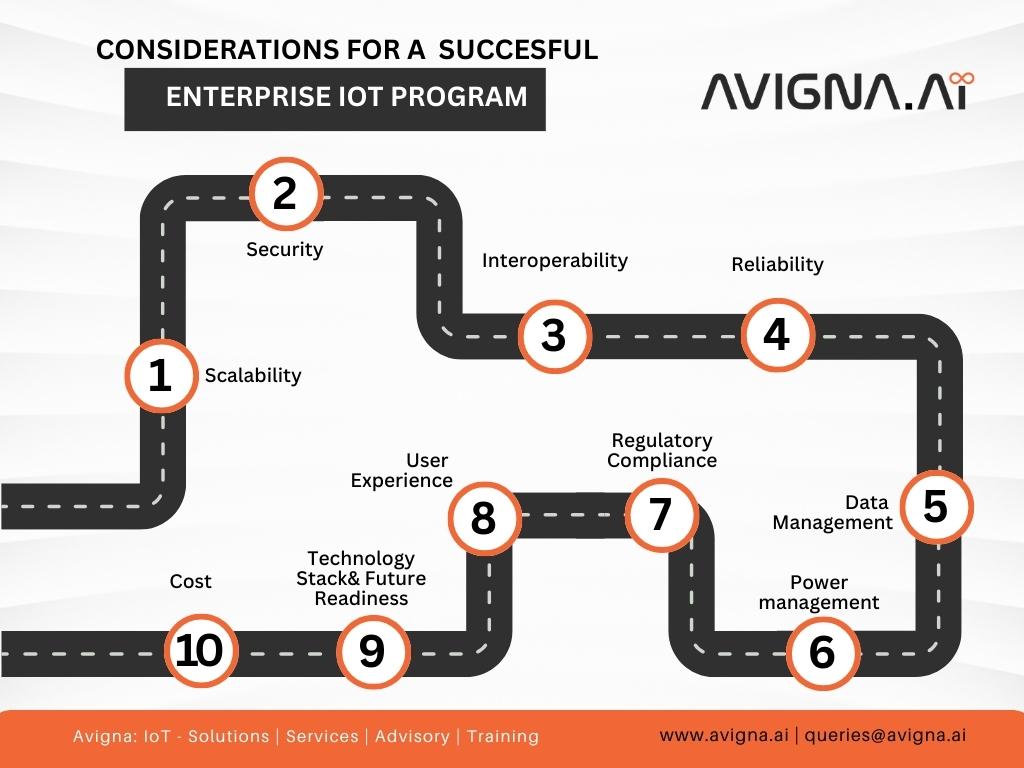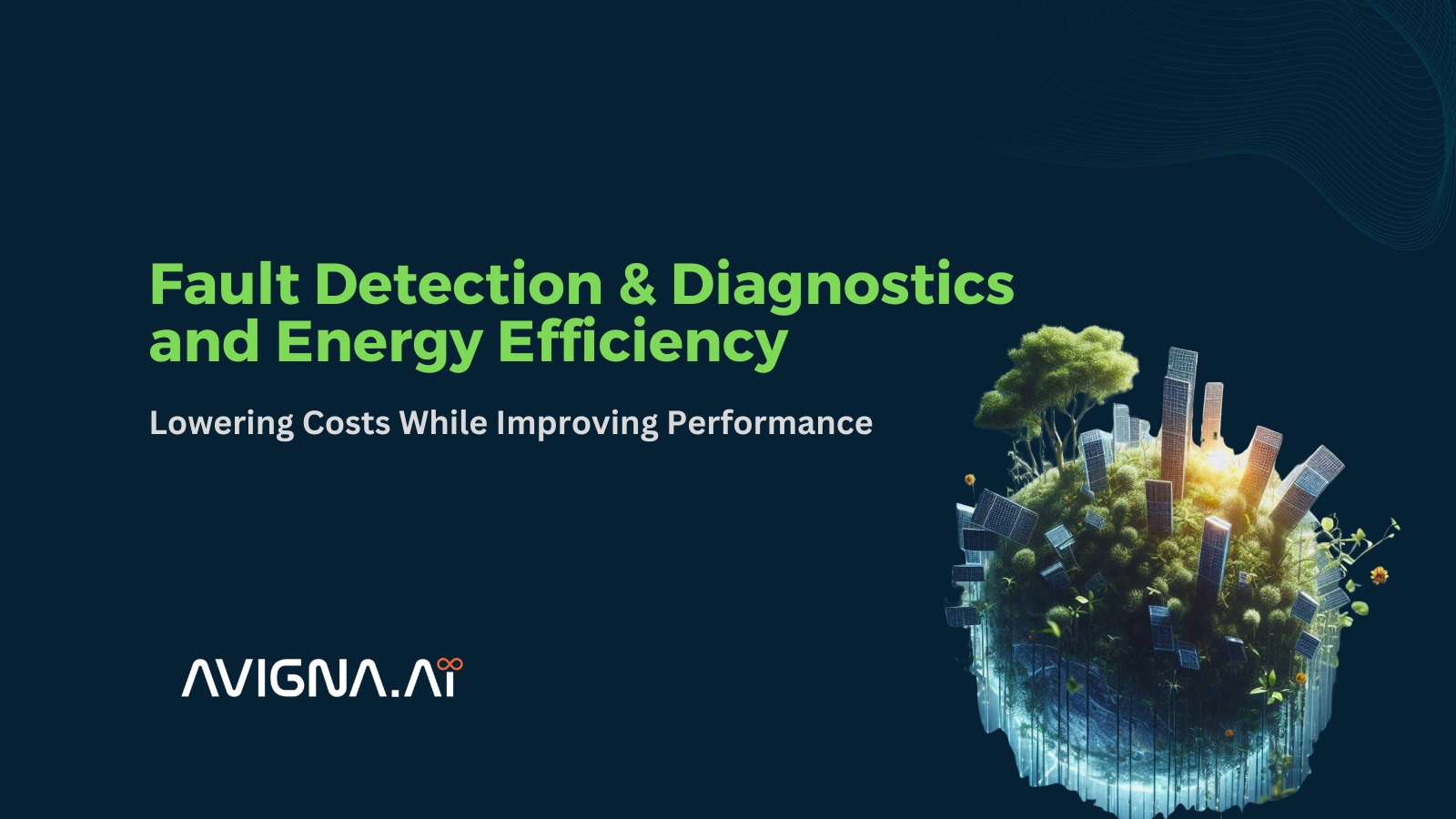The Internet of Things (IoT) is an indispensable platform to help enterprises revolutionize their operations. Enterprises increasingly adopt IoT technologies to optimize processes, reduce costs, and improve customer experiences. Designing the Overall System and architecture is one of the most crucial steps at the beginning of the Enterprise IOT Journey. However, creating an effective enterprise IoT system requires careful consideration of several factors to ensure that it delivers the desired benefits. Not incorporating one or more of the below design considerations can lead to future complexities and even program failure.
Here are some design considerations for enterprise IoT:
Scalability
One of the most critical design considerations for enterprise IoT is scalability. Enterprises need to design IoT systems that can accommodate growth and expansion. A scalable design includes selecting IoT devices and sensors that can be easily added or removed, selecting communication protocols supporting large-scale deployments, and designing cloud-based systems that scale as needed.
Security
Security is critical when designing enterprise IoT systems. IoT devices connect to the internet or other networks, and enterprises must ensure that these devices are secure and protected from cyber threats. A framework that involves implementing strong authentication and access controls, encrypting data in transit and at rest, and monitoring for anomalous activity helps address security better.
Interoperability
Enterprise IoT systems must be designed to be interoperable with existing systems and technologies. This includes selecting IoT devices and sensors compatible with existing infrastructure, selecting communication protocols that integrate with existing systems, and designing APIs that integrate with third-party systems.
Suggested Reading: How do IoT Consulting Services help businesses?
Reliability
Enterprise IoT systems must be designed to be reliable and operate consistently. This includes selecting high-quality IoT devices and sensors, designing systems with redundancy and failover capabilities, and implementing proactive maintenance and monitoring.
Data Management
IoT generates vast amounts of data, and enterprises must design systems to manage and analyze this data effectively. This includes selecting data storage solutions that can scale as needed, designing data pipelines that can handle large volumes, and implementing data analytics tools to extract insights from this data.

Power Management
IoT devices are often battery-powered, and enterprises must design systems to manage power consumption effectively. This includes selecting devices with low power consumption, designing systems to optimize power usage, and implementing power management strategies to prolong battery life.
Regulatory Compliance
Enterprise IoT systems must be designed to comply with regulatory requirements. This includes selecting devices and sensors that meet industry standards, implementing security and privacy controls to protect sensitive data, and complying with data protection regulations.
User Experience
Enterprise IoT systems must be designed with the end-user in mind. This includes creating user interfaces that are intuitive and easy to use, implementing feedback mechanisms that enable users to provide input, and designing systems that can adapt to the user’s preferences and needs.
Technology Stack and Future Ready
Selecting mature technologies that will support the program for the necessary duration of 5-10 years without redesigning core elements is a crucial factor that often gets overlooked. Other factors influencing the technology stack are the network architecture, cloud technology preferences, team strengths, current technology landscape, and functional requirements of the system.
Cost
The cost is critical when designing enterprise IoT systems. Enterprises must balance the cost of IoT devices and sensors with the potential benefits that these devices can deliver. This includes selecting devices that provide the best value for money, designing systems to optimize operational costs, and implementing cost optimization strategies to reduce ownership costs.
Conclusion
In conclusion, designing an effective enterprise IoT system requires careful consideration of several factors, including scalability, security, interoperability, reliability, data management, power management, regulatory compliance, user experience, and cost. By addressing these considerations, enterprises can design IoT systems that deliver the desired benefits and provide a competitive advantage. In addition, it is essential to have a clear strategy, establish clear goals, and engage with stakeholders to ensure that the IoT system meets their needs and delivers value.



